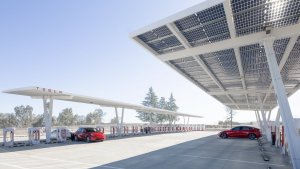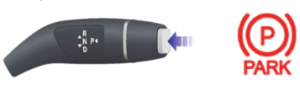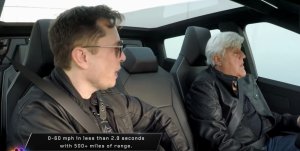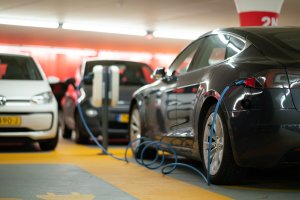Everything We Know About the Tesla Model S and Model X Redesign
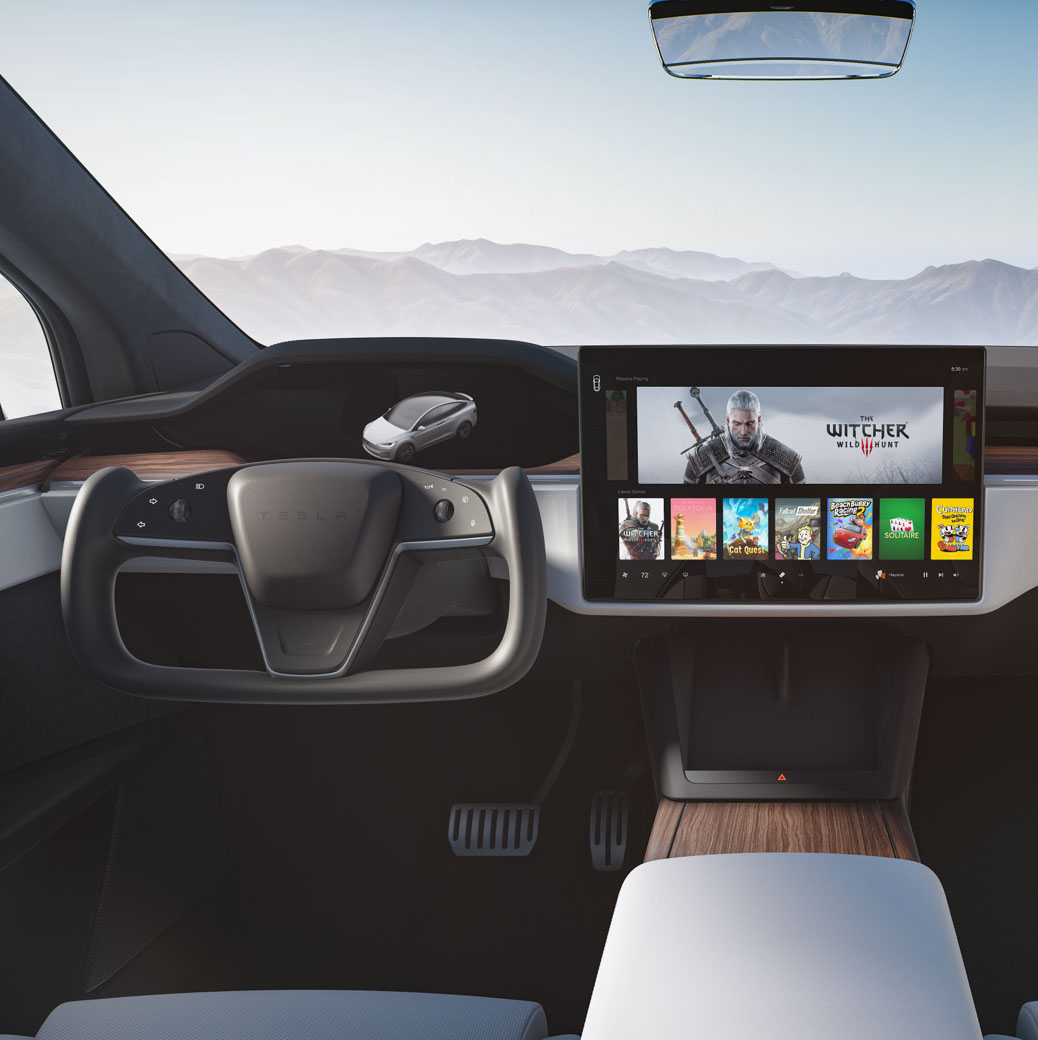
Yesterday Tesla finally unveiled the long expected redesign of its flagship cars, the Model S and Model X. Fans and buyers have been wanting and waiting for a refresh for several years, but Tesla has now pulled the trigger, and it did not disappoint.
Here's everything we know about the redesign so far.
New Horizontal Center Display
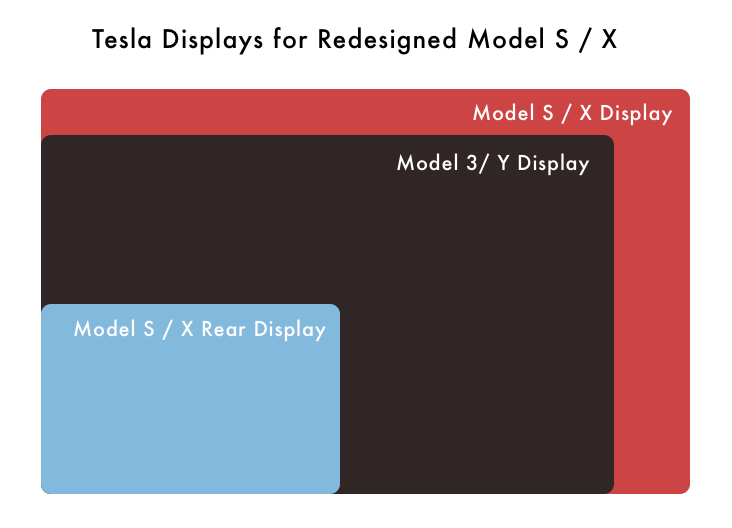
Tesla has transitioned to horizontal screens for all models doing away with the previous 17" vertical screens on the Model S and Model X. Instead replacing them with 17" horizontal screens (about 2" larger diagonally than the Model 3 and Y's screens). This seems like a relatively small difference in size, but it actually results in a 28% larger screen in terms of surface area.
We also learned that the center screen will have the ability to tilt left to right, either toward the driver or passenger. We can see this being a great feature when driving alone and being able to more easily see and reach the far end of the screen, especially given that the screen will be about 1.5" wider than the Model 3's screen.
Updated Instrument Cluster Display
We know that the instrument cluster will be slightly smaller than the current one seen in these models, however it's not clear yet what the main differences will be. We can speculate that some information normally shown in the IC will be moved to the larger center screen, such as maps, reserving the IC display more for car visualizations and navigation directions.
New Rear Display

The newly introduced 8" rear display adds entertainment and more for rear passengers. This is somewhat of a catch up move to many other luxury vehicles. However, the size and location of this display is somewhat puzzling. With it being right behind the front armrest, it appears that it may feel rather low for comfortable viewing, and the display can even be obstructed completely by the legs of a middle passenger. Tesla may have had limited location options for this display as the roof of the car is mostly glass, but it seems like there could have been other considerations like behind the driver and passenger headrests. Either way, it's hard to complain about a feature that didn't exist previously. This is a great addition that we're sure many passengers will find useful.
Although Tesla shows off a game being played in the rear display, it can be speculated that there will be an entire GUI for that display, likely different from the GUI used on the front display given the smaller form factor. It's likely that rear passengers could also use this display to change music, adjust volume and turn on seat heaters.
One additional detail that hasn't been talked about much is that it appears Tesla will finally loosen the restriction of playing video only when the vehicle is in park. This means that you can take full advantage of the premium connectivity package and stream shows on Netflix and other streaming services while on road trips.
Updated Rear Armrest
The updated rear armrest now features two USB-C ports (in addition to the two USB-C ports underneath the rear display) and also has wireless charging for up to two phones.
Exterior
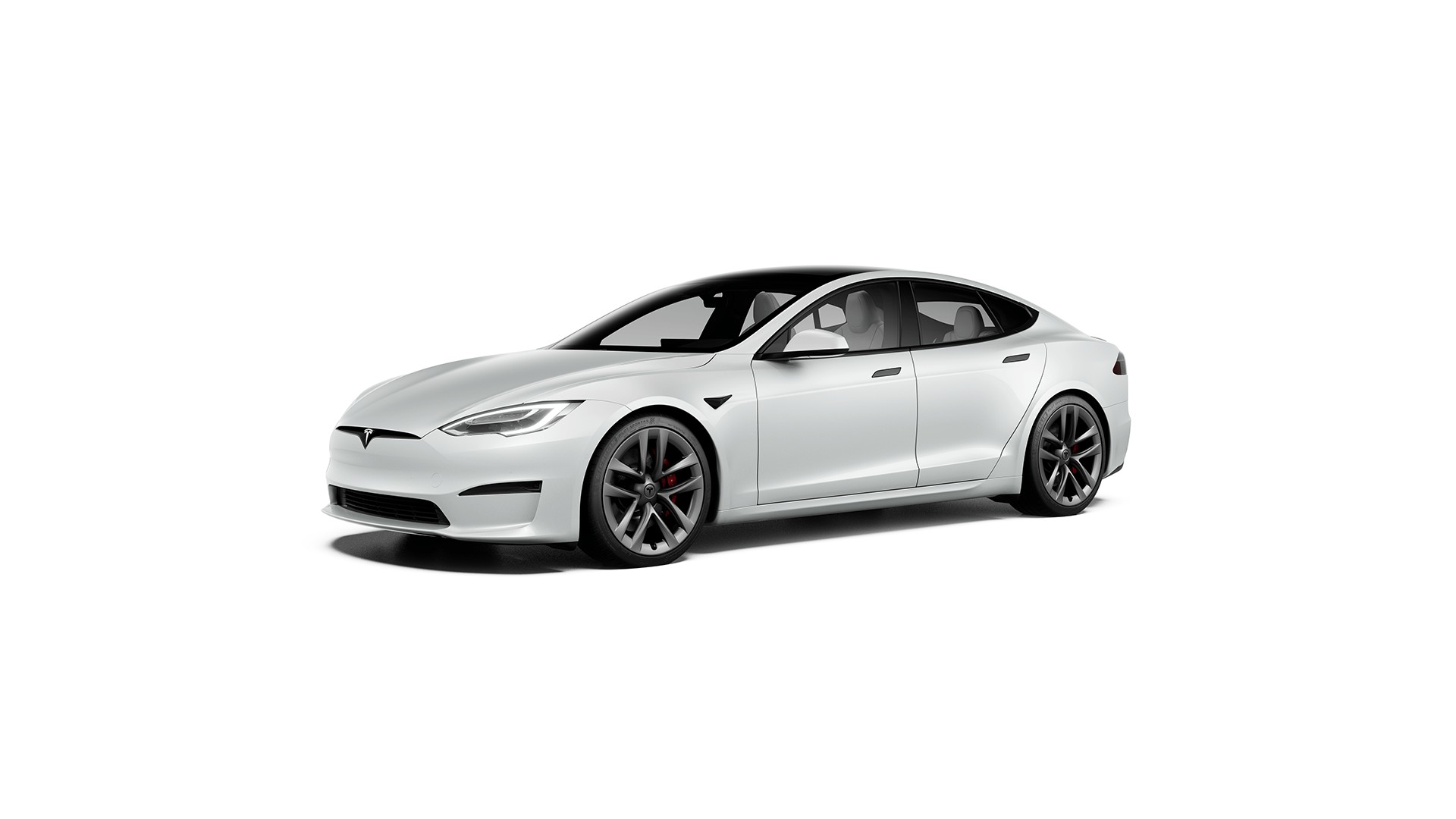
The exterior of the Model S and Model X has stayed relatively the same, with the exception of a more aggressive looking front bumper. We can speculate that this was more of an interior refresh and there may even be an exterior refresh down the road, although we would not expect this any time soon. Tesla likely wanted to minimize changes, while bringing these cars more up to date with the competition.
Plaid
Tesla has long teased their Plaid trim level coming soon to the Model S, with a three motors set-up and much higher performance. Yesterday they replaced their Performance line with Plaid and Plaid+. The Plaid trims are available on the Model S and Model X, while the Plaid+ version is exclusive to the Model S. Aside from replacing the wood trim interior with carbon fiber, these changes are all about performance, with the Plaid+ model reaching 0 to 60 in less than 2 seconds. Yes, that's about 30% faster than the Aerosmith Rock 'n Roller rollercoaster at Disney, which goes from 0 to 60 in about 2.8 seconds. Yes. This is insane.
More Luxury
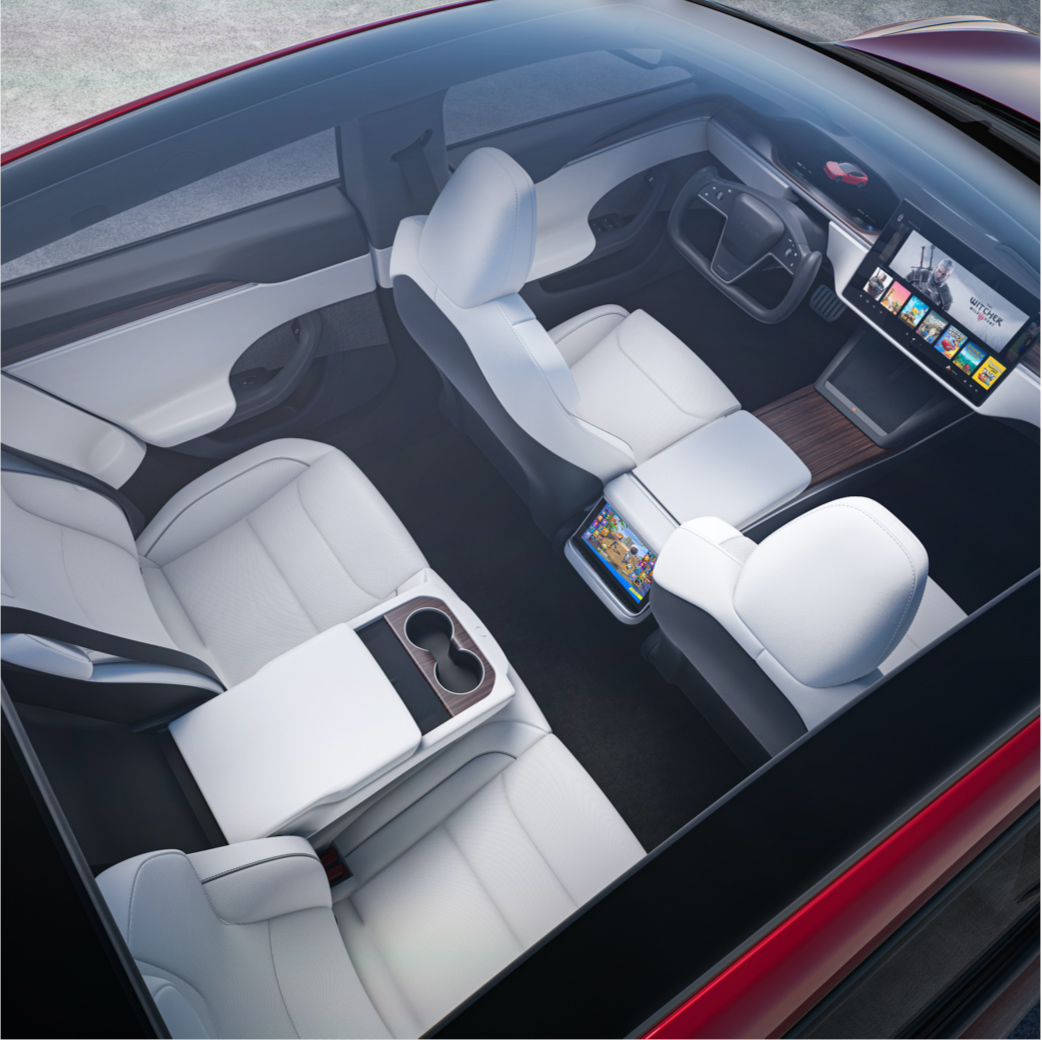
Just about the entire interior of these cars is brand new. They now feature more luxurious materials throughout the cabin, a new glass roof, new wood trim (or carbon fiber on Plaid versions) and so much more than we likely haven't been able to see yet. The interior door handles now also more closely match the Model 3 and Model Y handles, with door pockets and a push to open button. There are many details that were added that bring an updated look and feel to these cars, while adding an additional touch of luxury.
New Steering Wheel and Lack of Stalks
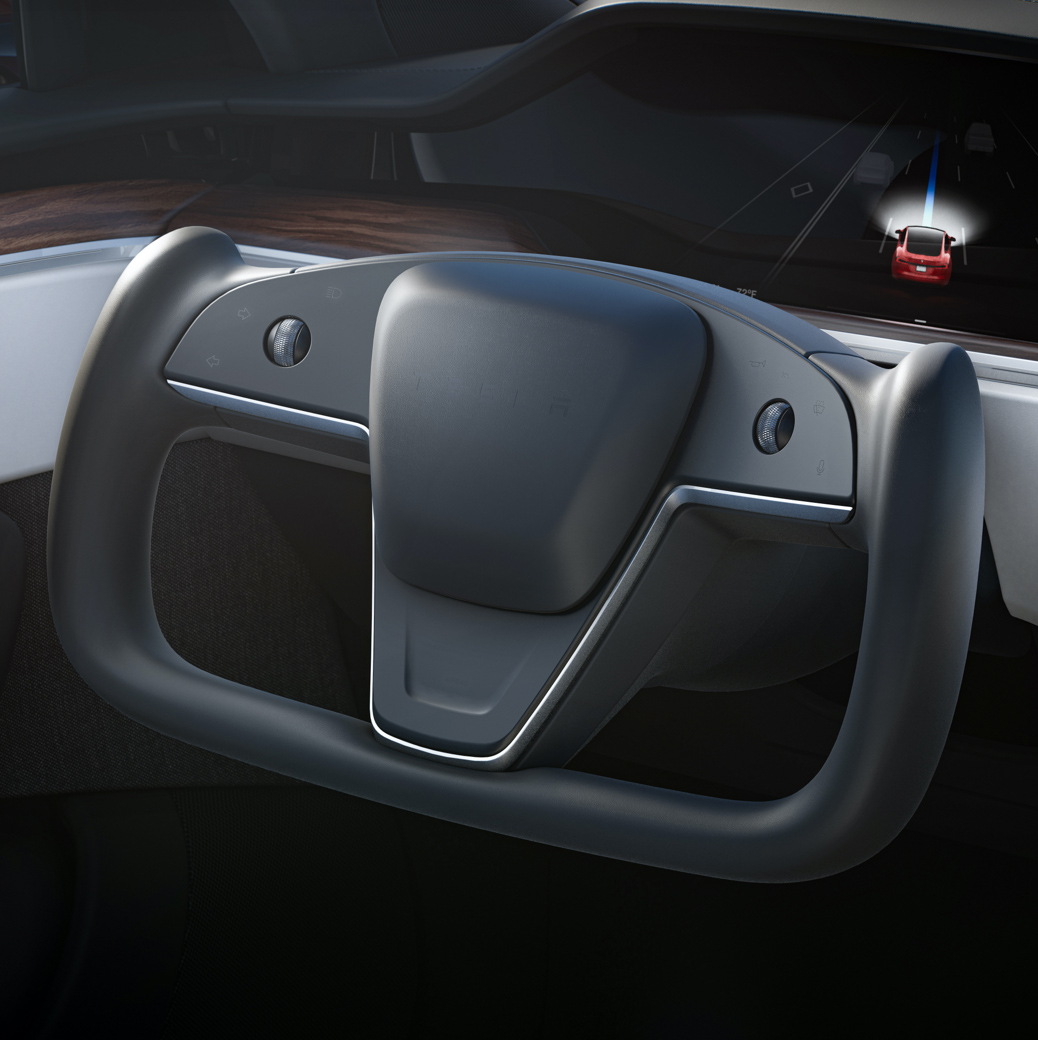
This is a controversial one. Tesla has shown off a new steering wheel that they're calling a Yoke. It looks very similar to the steering wheel they showed off in the Tesla Roadster 2.0. It's much more squared off and it looks like the top portion is missing. Tesla will likely offer a more traditional steering wheel in some markets or as an option, as evidenced by additional images on their site. However, our biggest concern isn't the steering wheel itself, but the complete removal of the left and right steering wheel stalks. The left stalk, traditionally used for turn signals, has been replaced by touch-capacitive buttons to the left of the left scroll wheel. There are now three buttons used to signal left, signal right, and to control the high beams.
There are also touch-capacitive buttons to the right of the other scroll wheel, used for honking the horn, windshield wipers and microphone. The scroll wheels themselves look to also be similiar to the ones in the Model 3 and Model Y, with the ability to scroll the wheel up and down and tilt the scroll wheel left or right.
If you're wondering where the gear stalk is, well the short answer to that is that there isn't one. Tesla will attempt to automatically detect the direction you're going to move in. When you come to a complete stop, Tesla will analyze the scene with their cameras, sensors and AI and determine whether you would like to be in Reverse or Drive. It doesn't take too long to think of scenarios where this isn't going to work. For example, if you wanted to back up when maybe you've stepped over onto a crosswalk or passed the stop line at a stop sign or traffic light then we're not sure the car will pick the correct direction, given that there is no obstacle in front of the vehicle. We're sure you can think of many others. Tesla, however will also let you select the gear with an on-screen display. Our biggest worry here isn't that Tesla is determining the direction using AI, or that you'll have to use the display to manually change direction (although image a K turn!), our concern would be that Tesla gets the direction of travel MOSTLY right. This could lead to a false sense of comfort with this feature, and cause problems in the rare situation when you expect the car to go forward, but it goes backwards, or vice-versa. We hope we're wrong in this regard, as the stakes are quite high.
To wrap up this steering wheel/stalk conversation, if Tesla is going in this direction, with touch-capacitive buttons on the steering wheel, we would much prefer to see a very small screen curved around the scroll wheels. This would would give you the ability to have different colored icons to help guide you to the correct button and you could even customize them, so that if you wanted to have Drive and Reverse on the steering wheel, then you could do that. The great thing about Tesla though, is that they're not afraid to try new things and they're constantly evolving. If this doesn't work, they will be quick to adapt.
User Interface
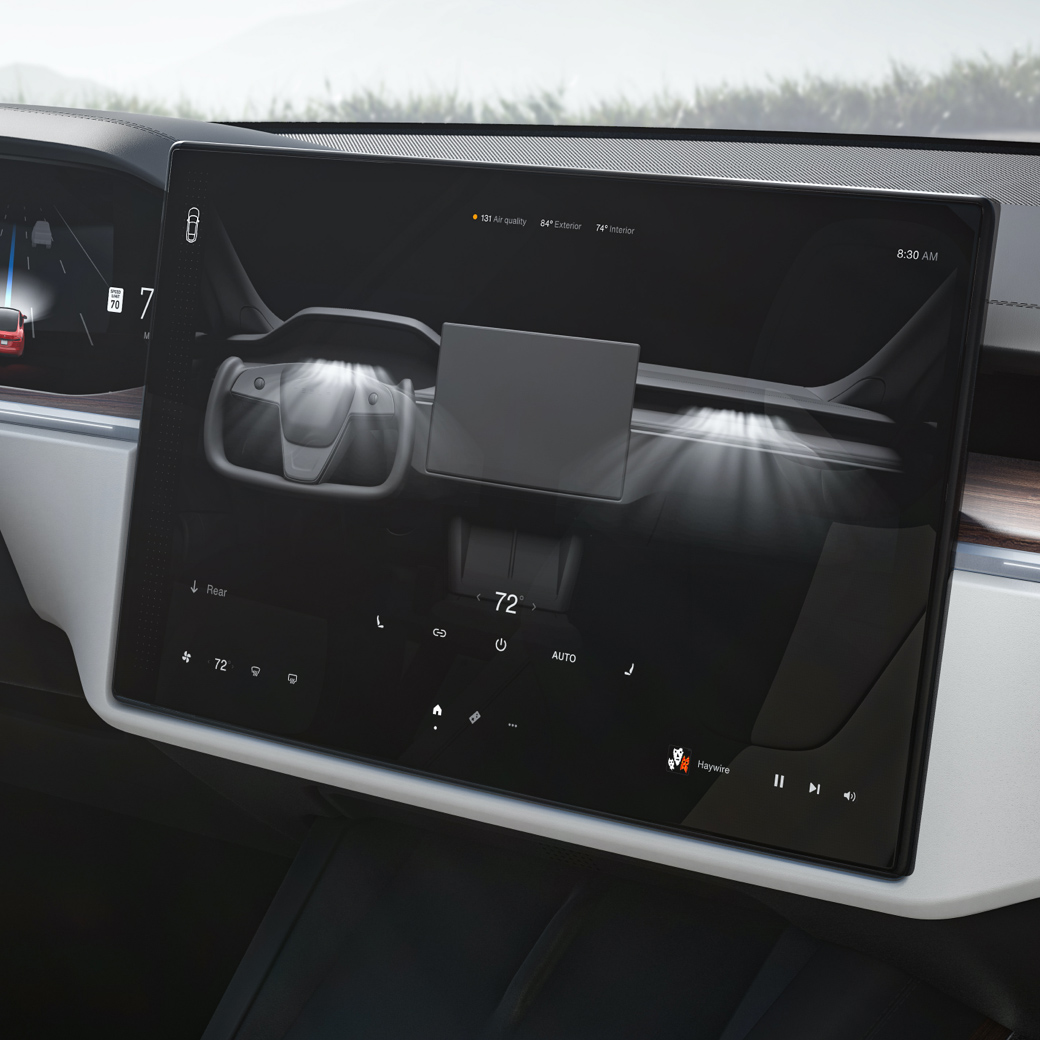
This is an unexpected and exciting change. We don't think anyone expected a new UI for the center display, whether Tesla went with a vertical or horizontal screen, but it's clear this is completely different from what we see in previous Teslas. We have only seen limited images of the UI, but Tesla is obviously focusing on entertainment and simplicity. Part of the reason for the changes could be due to a larger display, or a display that can now tilt toward the driver, giving them the ability to easily add buttons to the right of the screen without worrying whether the driver can reach them. It's unclear whether this UI will come to existing models. There's a chance we're getting a preview of how Tesla version 11 will look.
Gaming PC
Yes, you heard that right. Tesla will essentially be including a gaming PC with all new Model S and Model X models. Tesla has stated that the graphical performance of hardware is on par with the newest PS5 and Xbox Series X consoles. Additionally, you'll be able to play some of the latest games, like The Witcher Wild Hunt and Cyberpunk 2077, on the center or rear displays.
In addition to the new hardware, Tesla will also now support wireless controllers, so that players will no longer have to plug in their controllers in order to play with a gamepad.
I believe there's a lot we don't know about this yet. There's A LOT of performance builtin here. Is this the expected MCU 3? Will it carry over to Model 3 and Model Y? Will Tesla add an App Store to buy additional games? Time will tell, but we can likely expect some of these to be true.
Sound System
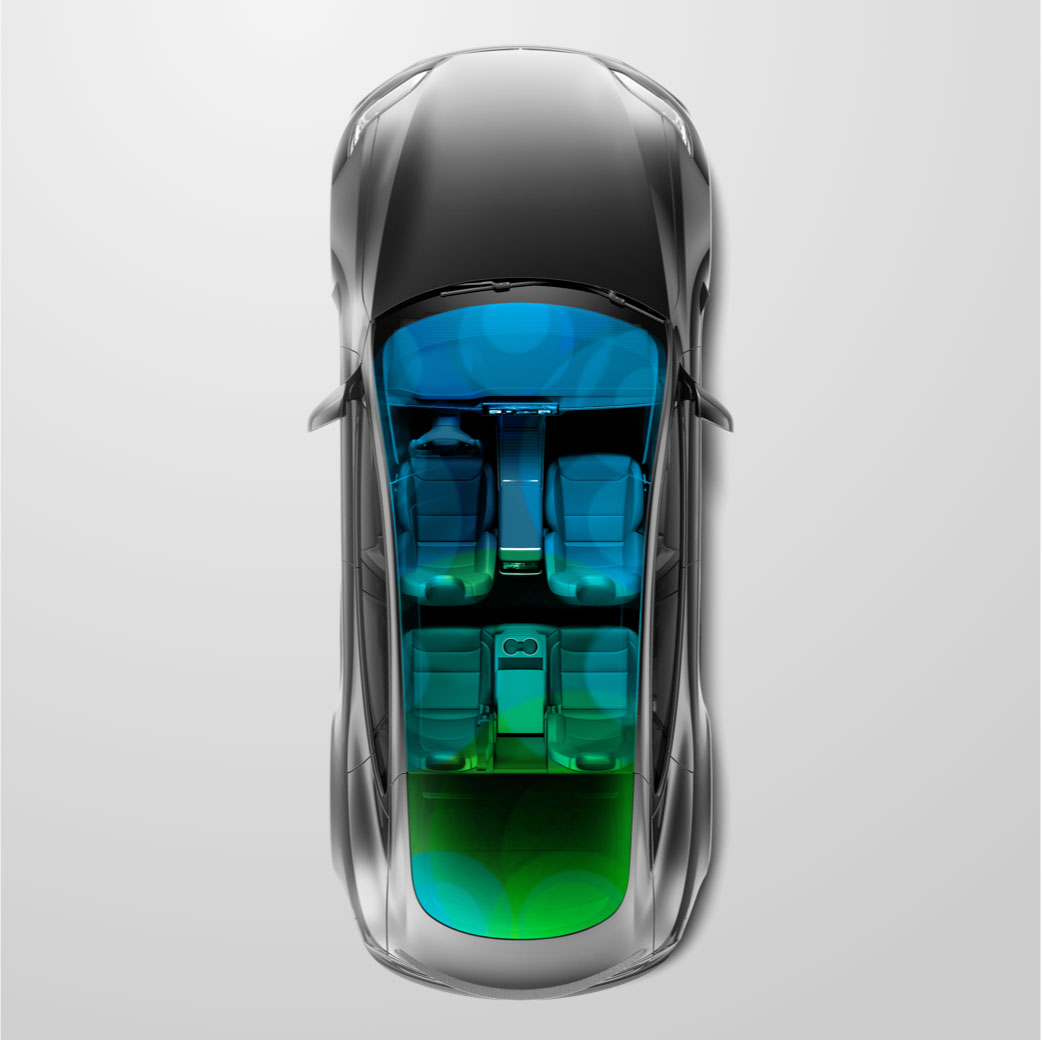
Tesla has also greatly upgraded the sound system in this redesign. They now feature 22 speakers throughout the car, providing you with the best sound you've ever heard in a Tesla, which was already fantastic. Furthermore, they're also introducing the ability to use noise-canceling waves to increase cabin comfort by reducing road and wind noise. This is an exciting feature and one we'd be excited for. These cars are already very quiet, especially when compared to the Model 3 and Y.
Vents and HVAC
Taking another cue from the Model 3 and Model Y, the refreshed versions of the Model S and X will feature the same vent system as their smaller counterparts. It provides a much sleeker appearance and better distributed air throughout. You do lose the ability to manually adjust the air direction with physical buttons, but any Model 3 or Model Y owner will tell you that this isn't much of an issue and the benefits outweigh the cons.
Conclusion
Elon Musk has often said that there would not be a major redesign for the Model S and Model X, and that Tesla continously develops and makes changes throughout the year. However, we all felt a major redesign was coming eventually. We think Elon was right and Tesla does make continous changes, but there comes a point when you just can't piecemeal the new design elements together because so many of them rely on each other. This is an overdue update, but that doesn't make it any less exciting, and we're thrilled to see what else we find out about this redesign over the coming weeks and months. Deliveries are now being scheduled for March, so it won't be long now.











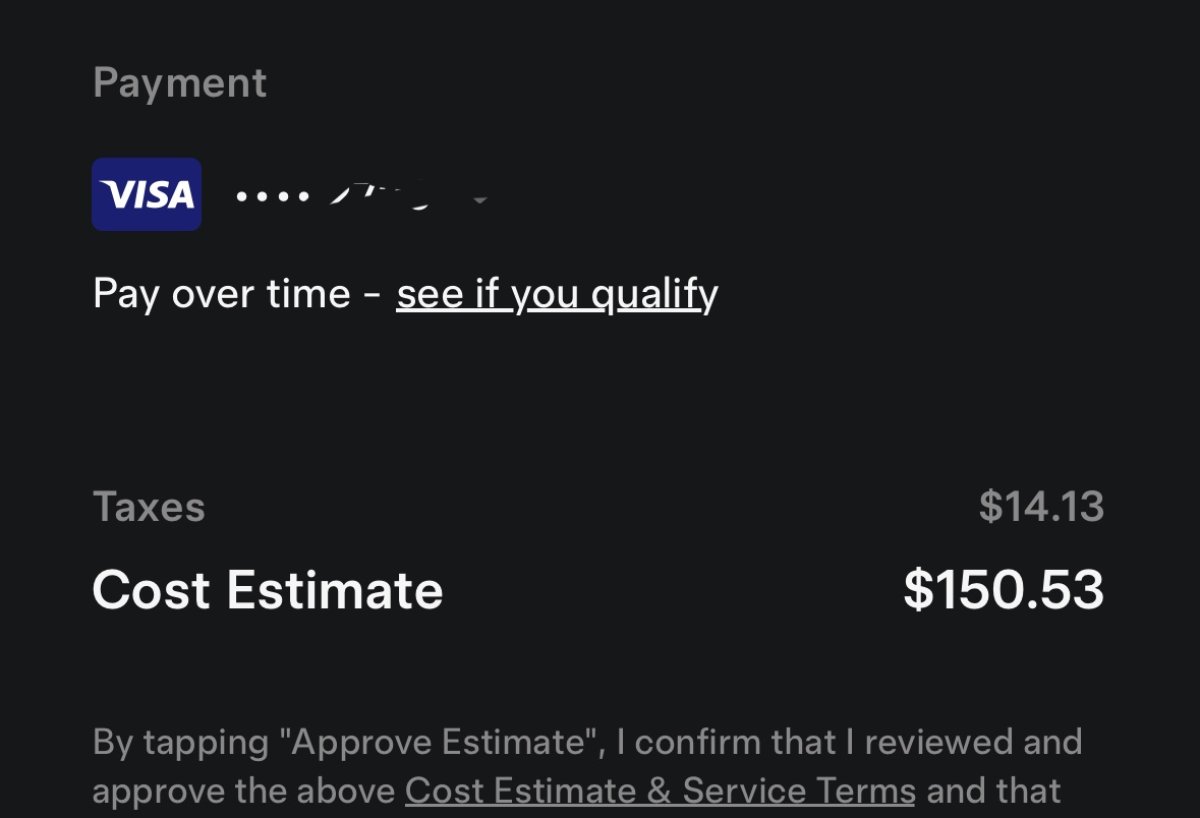
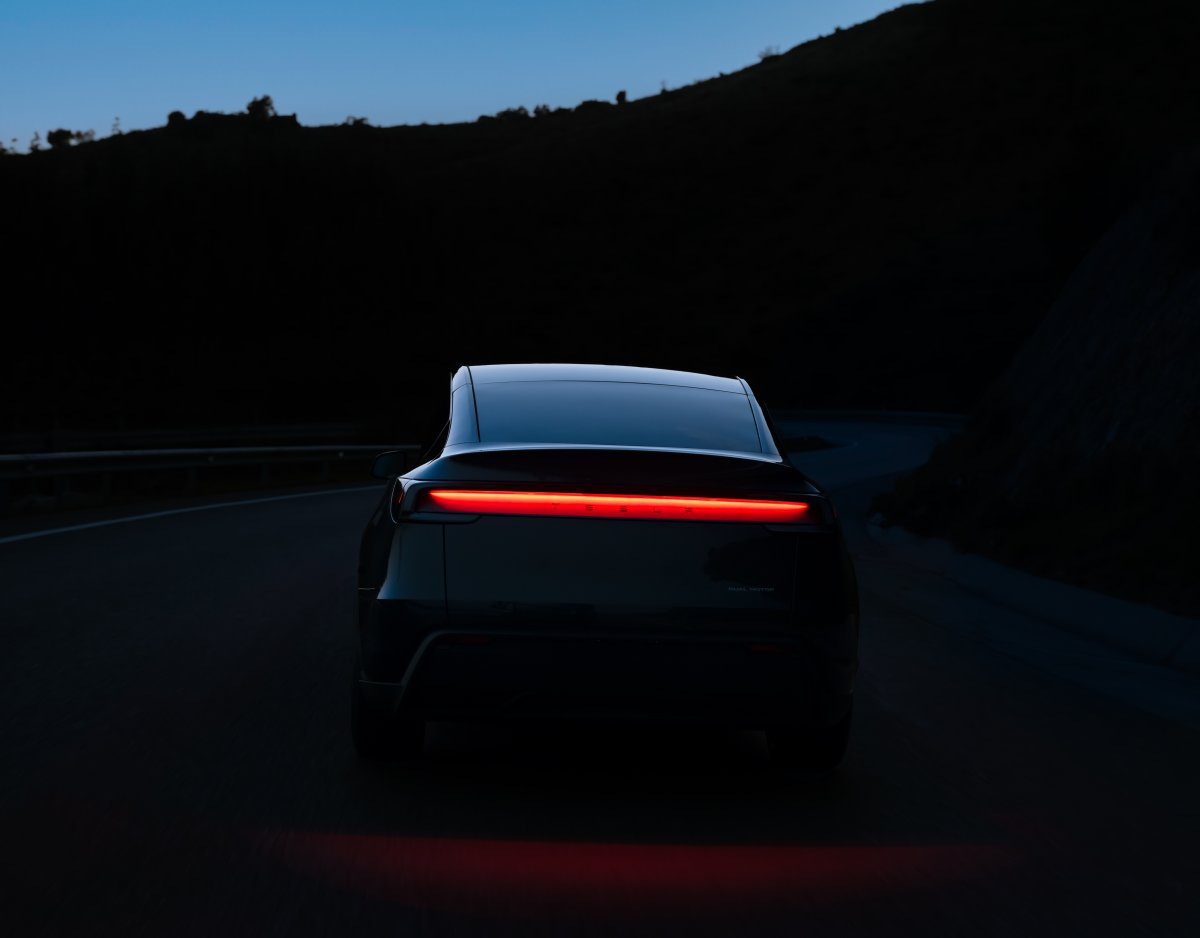


![Tesla Autonomously Delivers Its First Vehicle to Customer — And It’s More Impressive Than Expected [VIDEO]](https://www.notateslaapp.com/img/containers/article_images/model-y-2025/newmodely_77.jpg/382e0312c769d0bb2e1234f7ac556fad/newmodely_77.jpg)
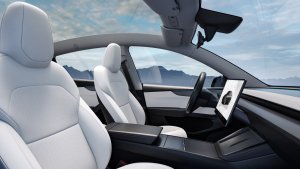
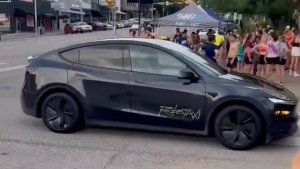
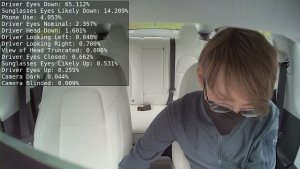
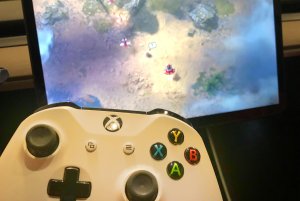
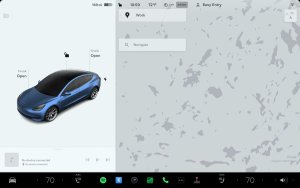
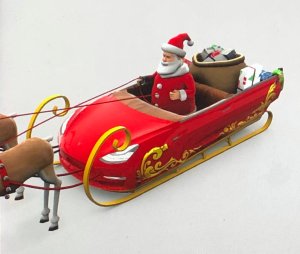
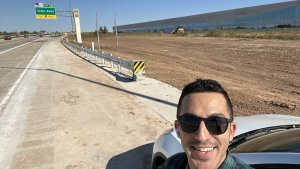
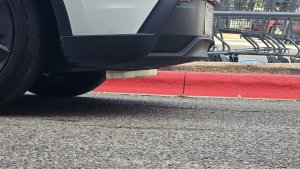

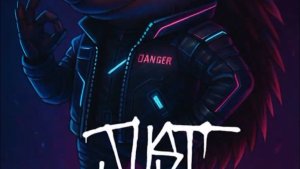
![First Recorded Tesla Robotaxi Intervention: UPS Truck Encounter [VIDEO]](https://www.notateslaapp.com/img/containers/article_images/2025/robotaxi_model_y.jpg/3036d8b53214c2d071c978c42911e451/robotaxi_model_y.jpg)
![First Look at Tesla's Robotaxi App and Its Features [PHOTOS]](https://www.notateslaapp.com/img/containers/article_images/tesla-app/robotaxi-app/robotaxi-app-tips.webp/e643a61975bf712d18dc9aa9a48fdb01/robotaxi-app-tips.jpg)
